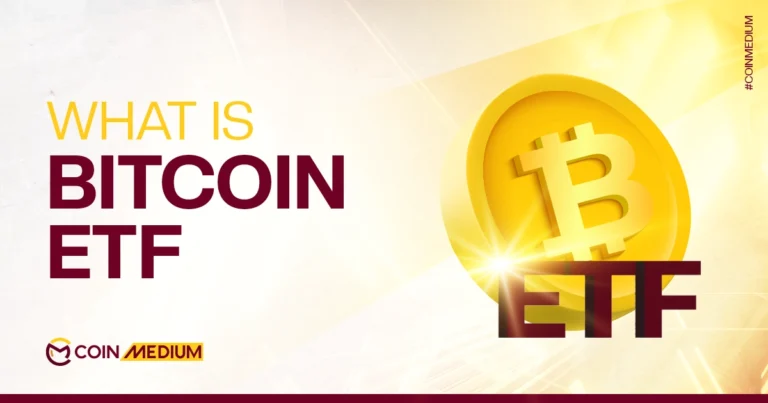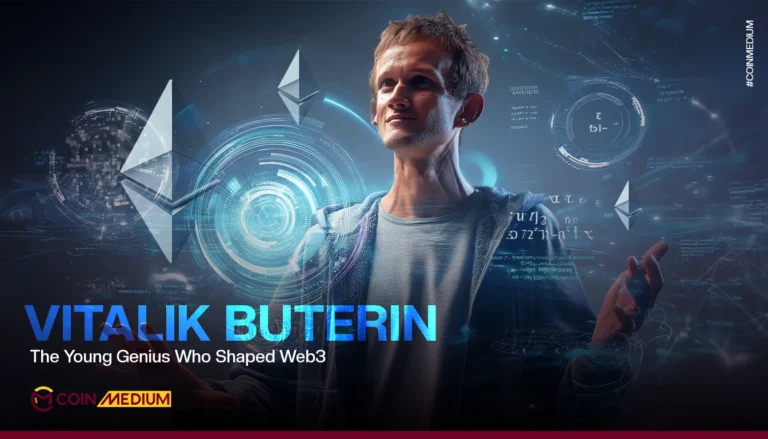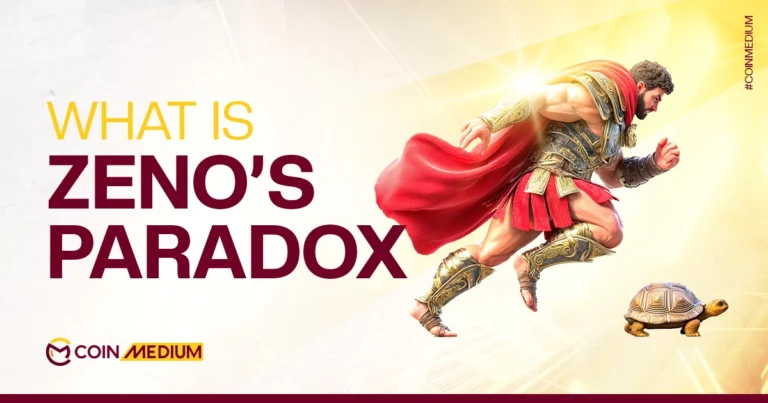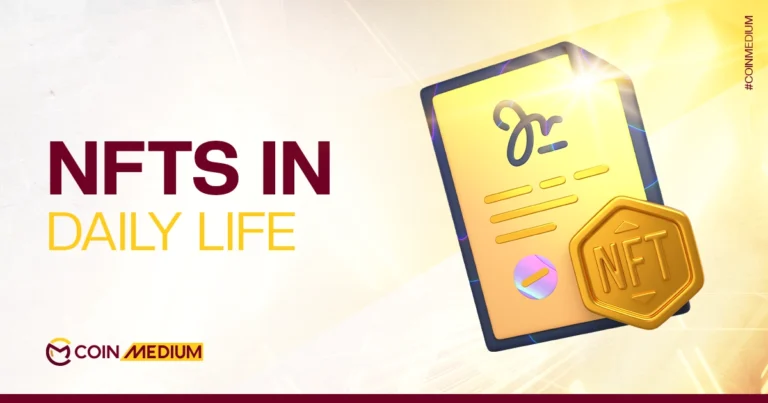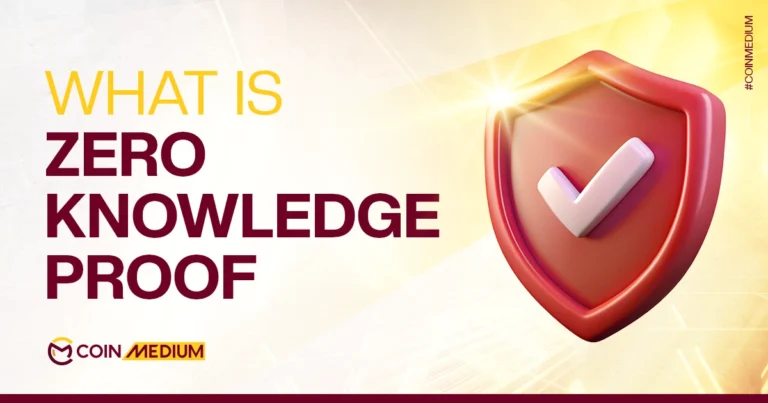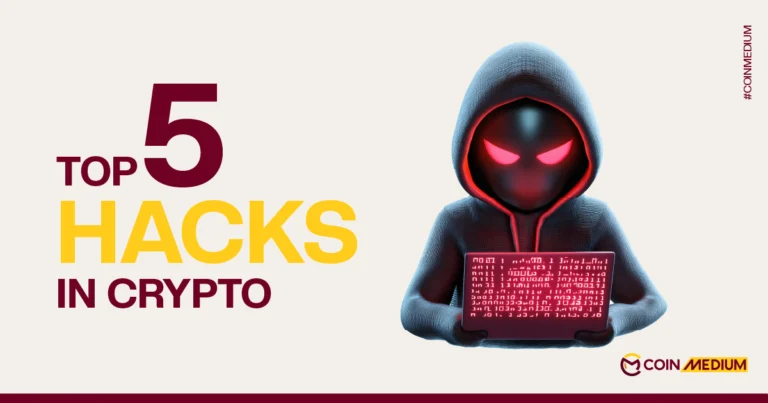- DYOR stands for ‘do your own research’. Doing your own research is important because investing and trading in cryptocurrencies is a high risk and high reward activity.
- We will share what you have to look for before investing in a crypto project.
What Is DYOR In Crypto?
As mentioned above, DYOR stands for Do Your Own Research. It is a popular acronym used in the crypto industry which literally works as a disclaimer by exchanges, influencers and even crypto promoters. This is often said after every project introduction, in official whitepapers and content across social media.
A key aspect of DYOR is analyzing a cryptocurrency’s fundamentals. Once you understand which fundamentals to explore, conducting DYOR becomes straightforward. Here are several critical areas to include in your DYOR process.
How To DYOR Crypto?
DYOR requires a comprehensive understanding of what type of research you need to do and what crypto terms you must know. This holds importance because after you vet a cryptocurrency project only then you will be able to calculate the possibilities of it being a winner or a loser.
In this section we will take a look at the basic fundamentals of crypto that you must always assess.
1) Fundamental Analysis
Fundamental analysis involves evaluating the intrinsic value and long-term potential of a crypto project by examining its core components. This is different from technical analysis, which focuses on price charts and market trends. The goal is to understand whether the project solves a real problem, has a sustainable model, and is likely to succeed.
Understand the Problem and Solution: Read the project’s whitepaper or documentation (available on their official website or platforms like GitHub). Assess:
- What problem does the project aim to solve?
- Is the solution unique, feasible, and scalable?
- Does it leverage blockchain technology effectively?
2) Tokenomics
Tokenomics (token economics) refers to the structure and mechanics of a project’s cryptocurrency or token. It’s critical to evaluate how the token functions within the ecosystem and its potential for value appreciation.
Check the total token supply (capped or unlimited) and circulating supply. Platforms like CoinMarketCap or CoinGecko provide this data.
3) The Team Behind The Project
Finding and researching the team behind a crypto project is a critical part of DYOR to assess credibility and reduce the risk of scams or poorly executed projects.
To find the team behind the crypto project, check the official website of the project and the whitepaper/ litepaper.
Further, note down their names and check their social media profiles: LinkedIn, X & Crunchbase.
Check the team’s past work and educational background to assess their expertise and ability to deliver on the project’s promises.
You should look for relevant experience in fields like blockchain technology, cryptography, software development, business, and finance.
4) Project’s Presence
A project’s online and community presence reflects its legitimacy, engagement, and adoption potential. A strong presence indicates trust and interest from the crypto community.
Website and Documentation
- Ensure the website is professional, updated, and transparent about goals and progress.
- Verify the whitepaper or litepaper explains the project’s purpose, technology, and roadmap clearly.
- Example: A project like Cardano has a detailed website (cardano.org) with research papers and updates.
Social Media and Community Engagement:
Check activity on platforms like X, Discord, Telegram, or Reddit. Look for organic discussions and active community participation.
Avoid projects with overly promotional or bot-driven activity, which may indicate paid shilling.
Media Coverage and Partnerships:
Look for coverage in reputable crypto news outlets like CoinDesk, CoinTelegraph, or The Block.
Check for partnerships with established entities (e.g., VC firms like a16z, or protocols like Chainlink).
5) Project’s Performance
Evaluating a project’s past and current performance helps gauge its traction, reliability, and likelihood of delivering on promises. Performance metrics provide insights into development progress and market adoption.
Check the project’s development activity on Github. Check for git commits. This is the number of times a developer makes changes to the codebase of the project.
Assess on-chain metrics. You can analyze transaction volume, wallet activity, and token holder distribution using tools like Etherscan (Ethereum), Solscan (Solana), or Dune Analytics.
Verify if the project has met roadmap milestones (e.g., mainnet launch, partnerships). Delays or missed deadlines are warning signs.
Wrapping Up
Fundamental analysis of cryptocurrencies remains the cornerstone for DYOR in crypto. Major successful crypto projects share the same key factors that make them set apart from the rest. With over 10 million cryptocurrencies in the market, one needs a blueprint like this to navigate this volatile market.





